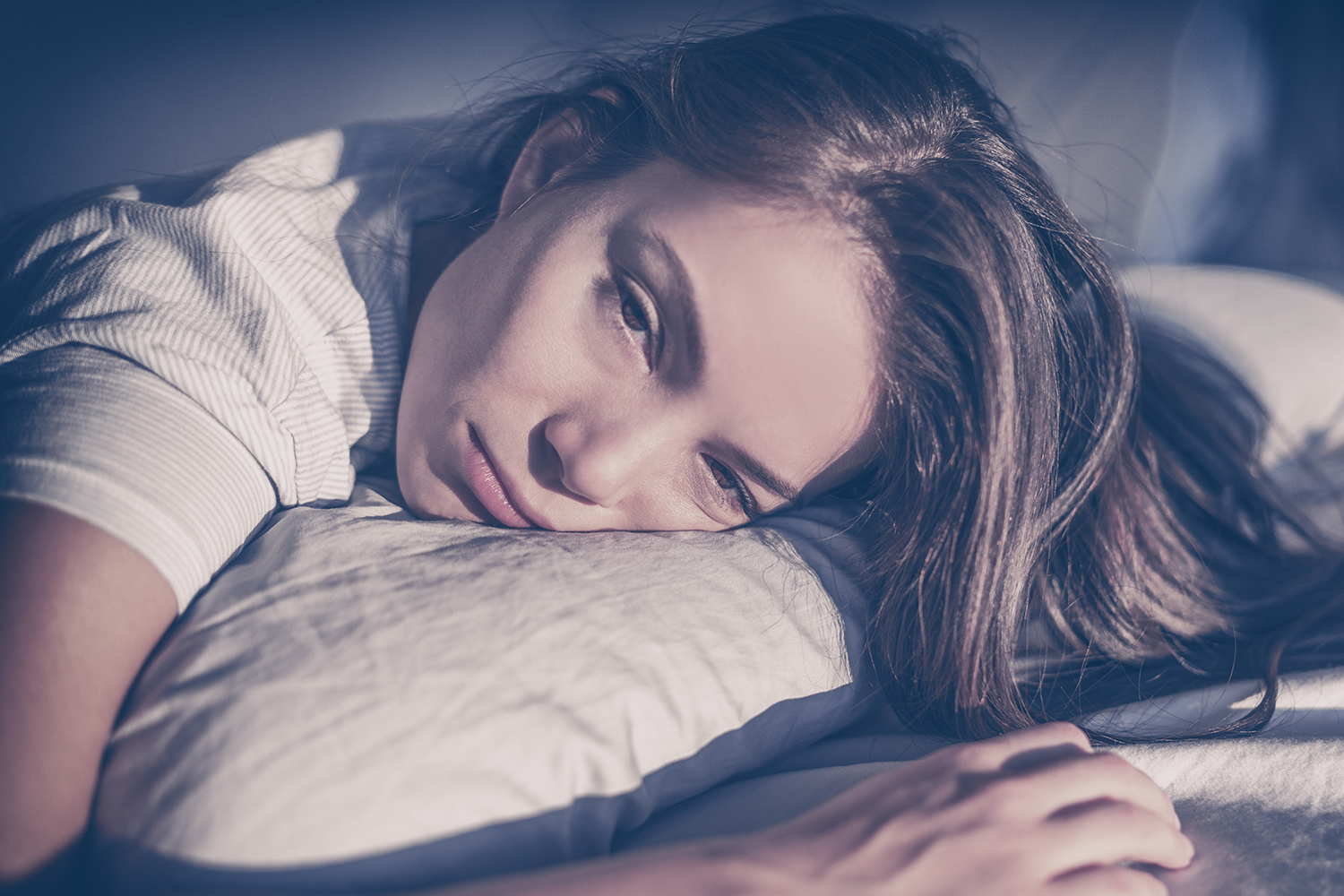
CBT may also be combined with sleep medications, which are able to help people fall and stay asleep. Insomnia often causes excessive daytime sleepiness and fatigue.Ĭognitive behavioral therapy (CBT) is the primary treatment for insomnia. Some people have trouble falling asleep, others are unable to stay asleep, and some have trouble with both. Insomnia is a chronic sleep condition characterized by difficulty sleeping. Below, you’ll find some of the most common sleep disorders and how they’re treated. Sleep disorders can have a negative impact on sleep quality, which in turn can lead to other health problems. Although there’s still much to learn about sleep, the biggest thing we know is that sleep is just as crucial to good health as nutrition and exercise.Īccording to the American Academy of Sleep Medicine, the number of people annually who experience a sleep disorder is about 70 million.According to research, this may be because of a reduced amount of slow-wave (deep) sleep. Higher altitudes can have a negative impact on sleep quality.This explains the post-lunch fatigue that some people feel during the middle of the day. Energy levels naturally dip at two distinct times of the day: 12-2 p.m.Even as little as 24 hours without sleep can cause significant mood swings, difficulty functioning, and altered perception. Sleep deprivation can have a hugely negative impact on health.Newborn babies need roughly 14 to 17 hours of sleep per day, while teenagers require about 8 to 10 hours each night.Other animals, like koalas and bats, can sleep up to 22 hours a day. Human beings spend 1/3 of their lives sleeping, while cats spend roughly 2/3 of theirs asleep.But here are seven fun facts that we do know: When you fall asleep at night, you cycle through all of these stages of sleep multiple times - roughly every 90 minutes or so.įor something so necessary to our health and well-being, there’s still so much we don’t know about sleep. muscles become paralyzed, but twitches may occur.breathing and heart rate increases and become more variable.eye movements become rapid during phasic REM.The final cycle of stage R may last roughly between 30 to 60 minutes. Stage R sleep lasts roughly 10 minutes the first time, increasing with each REM cycle. Stage R occurs about 90 minutes after you fall asleep, and is the primary “dreaming” stage of sleep. Phasic REM sleep contains bursts of rapid eye movements, while tonic REM sleep does not. There are two phases of REM sleep: phasic and tonic. tissue repair and growth, and cell regeneration occurs.heartbeat and breathing are at their slowest rate.Your body performs a variety of important health-promoting tasks in this final non-REM stage. Stage N3 sleep is known as slow-wave, or delta, sleep. This final stage of non-REM sleep is the deepest sleep stage. Sleep spindles and K-complexes are two distinct brain wave features that appear for the first time.

heartbeat and breathing slow down further.This is the stage before you enter deep sleep. This next stage of non-REM sleep comprises the largest percentage of total sleep time and is considered a lighter stage of sleep from which you can be awakened easily. you produce low amplitude mixed frequencies waves in the theta range (4 to 7 Hz).Eye movements are typically slow and rolling.Stage N1 is the lightest stage of sleep patients awakened from it usually don’t perceive that they were actually asleep


This stage of non-REM sleep is the typical transition from wakefulness to sleep and generally lasts only a few minutes. REM sleep is when you tend to have vivid dreams.
#SLEEP DISORDER FALLING ASLEEP DURING IDLE TIMER PLUS#
In this article, we’ll explore these stages of sleep, discuss sleep disorders, plus tips for getting better sleep. Shifting of stages occurs over the course of the night, typically with an increased percentage of NREM sleep in the first half of the night and an increased percentage of REM sleep in the second half of the night. Four to five cycles occur during a typical night of sleep. Sleep stages occur in cycles lasting 90 to 120 minutes each. In the current rules, NREM stage 3 and NREM stage 4 are combined as stage N3. Older classification had four stages of NREM sleep. NREM sleep is divided into three sub-stages: stage N1, stage N2, and stage N3.

Most adults will enter sleep from the drowsy state into NREM sleep. Sleep can be broadly segmented into rapid eye movement (REM) sleep and non-REM (NREM) sleep. It’s no secret that sleep is one of the most important activities for good health. Share on Pinterest Illustration by Brittany England


 0 kommentar(er)
0 kommentar(er)
